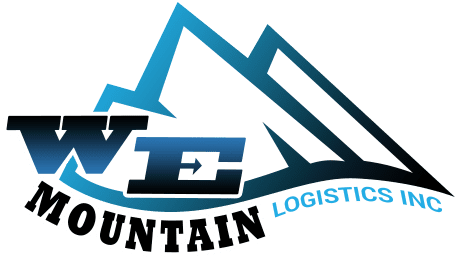Introduction:
Pricing is a crucial aspect of any business, and third-party logistics (3PL) providers are no exception. The development of pricing strategies by 3PLs requires careful consideration of various factors to ensure profitability, competitiveness, and value for customers. In this blog post, we will dive into the intricacies of how 3PL providers develop their pricing models. Gain insights into the key considerations, methodologies, and benefits associated with 3PL pricing strategies.
-
Understanding Cost Structure:
A fundamental aspect of developing pricing strategies for 3PLs is understanding the cost structure. Providers need to assess the direct and indirect costs associated with offering their services. This includes factors such as transportation, warehousing, labor, technology, insurance, and overhead expenses. By thoroughly analyzing their cost structure, 3PLs can establish a baseline to determine their minimum acceptable pricing to ensure profitability.
-
Pricing Methodologies:
3PL providers utilize various pricing methodologies to align their services with customer needs and industry standards. Common pricing models include:
– Transactional Pricing: This model charges customers based on individual transactions, such as per shipment or per order.
– Volume-Based Pricing: This approach offers tiered pricing based on the volume of goods or services used by the customer.
– Activity-Based Pricing: Here, pricing is determined by specific activities or services provided, allowing customers to pay for only what they use.
– Value-Based Pricing: This model considers the value delivered to customers and aligns pricing accordingly, focusing on the benefits and outcomes generated.
-
Value-Added Services:
3PL providers differentiate themselves by offering value-added services that go beyond basic logistics functions. These services may include inventory management, order fulfillment, reverse logistics, supply chain consulting, and technology integration. The pricing of value-added services depends on factors such as the complexity of the service, the expertise required, and the potential value delivered to the customer’s business. By offering these additional services, 3PLs can create competitive advantages and justify premium pricing.
-
Market Dynamics and Competitive Analysis:
3PL providers must closely monitor market dynamics and conduct competitive analysis to develop pricing strategies. They need to consider factors such as market demand, industry trends, and the pricing practices of their competitors. Pricing decisions should strike a balance between competitiveness and profitability, ensuring that the offered pricing aligns with the perceived value and quality of the services provided. Continuous analysis of the market landscape allows 3PLs to adjust their pricing strategies in response to changing market conditions.
-
Transparent and Customized Pricing:
Transparency and customization play a vital role in 3PL pricing strategies. Customers value clear and understandable pricing structures that align with their specific requirements. 3PLs should provide transparent pricing models, clearly outlining the components, calculations, and any potential additional charges. Furthermore, customization allows 3PL providers to tailor pricing to meet the unique needs of different customers. By offering customized solutions, they can align pricing with the scope of services, volumes, frequency, and value-added offerings.
Conclusion:
The development of pricing strategies by 3PL providers involves a careful analysis of cost structures, consideration of various pricing methodologies, assessment of value-added services, market dynamics, and customization. By implementing well-thought-out pricing strategies, 3PLs can ensure profitability, competitiveness, and value for their customers. Transparency, adaptability, and a customer-centric approach are key elements that enable 3PL providers to thrive in the dynamic logistics industry. With an understanding of the pricing dynamics of 3PLs, businesses can make informed decisions when selecting the right logistics partner for their needs.








